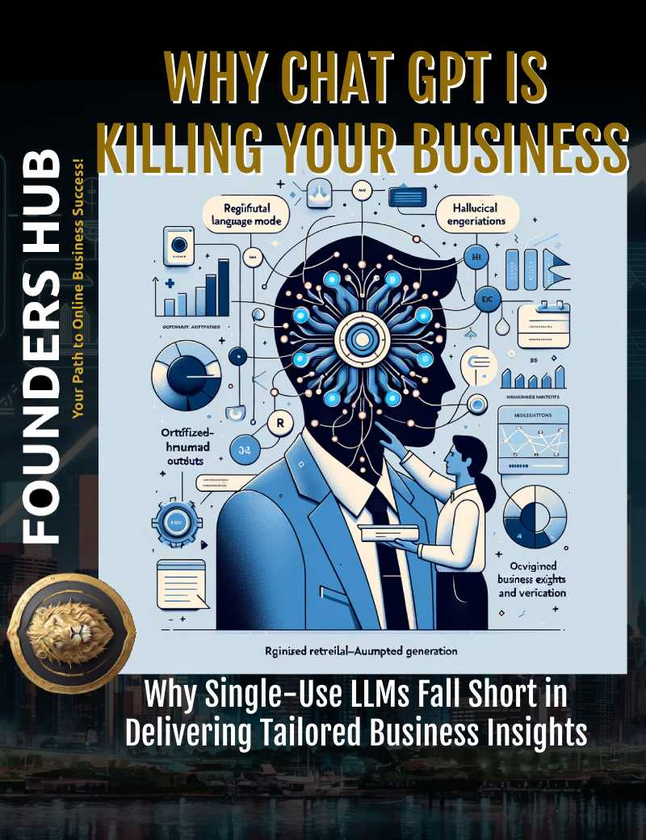❓𝗗𝗼𝗻'𝘁 𝗹𝗶𝗸𝗲 𝘁𝗼 𝗿𝗲𝗮𝗱, 𝗿𝗮𝘁𝗵𝗲𝗿 𝗹𝗶𝘀𝘁𝗲𝗻👂 𝘁𝗼 𝘁𝗵𝗲 𝗽𝗼𝗱𝗰𝗮𝘀𝘁 𝗶𝗻𝘀𝘁𝗲𝗮𝗱? 𝗛𝗶𝘁 𝘁𝗵𝗲 ▶️𝗣𝗟𝗔𝗬 𝗯𝘂𝘁𝘁𝗼𝗻!
Unlocking Your Site's Potential
The dynamic world of SEO demands adaptability. By focusing on the essentials and debunking common myths, you pave the way for sustained visibility and success in Google Search. Keep evolving and refining your SEO strategy to align with the ever-changing digital landscape.
Optimize your website, captivate your audience, and thrive in the competitive realm of online visibility.
Understanding SEO Essentials: A Dive into Google's SEO Starter Guide
When you created your website, your goal was likely to make it user-friendly and easily discoverable. One of your users, albeit not human, is a search engine, playing a pivotal role in content discovery. Enter SEO—Search Engine Optimization, a critical practice for helping search engines comprehend your content and aiding users in finding and deciding whether to visit your site through search engines.
Google's SEO Starter Guide: Your Essential Handbook
To delve into the fundamentals of SEO, Google's SEO Starter Guide is indispensable. This guide outlines key elements that render your website eligible to appear on Google Search. While no guarantees exist for inclusion in Google's index, adhering to the guide enhances your chances of visibility.
How Google Search Operates: Unraveling the Mechanism
Google, a fully automated search engine, employs crawlers to continuously explore the web for pages to index. Understanding how Google Search works is fundamental. The majority of listed sites are automatically discovered as Google crawls the web. However, if time is a constraint or adventure is not on your agenda, hiring a professional might be a viable option.
Time and Impact: Navigating SEO Changes
Every change made to your website takes time to reflect in Google's search results. Some alterations yield rapid results, while others may require several months. Patience is key; assessing results after a few weeks is advisable. Not all changes result in noticeable impacts, so iterate if needed and observe the difference.
Navigating Google: Ensuring Content Visibility
Help Google Find Your Content
Before making any adjustments, ascertain if Google has discovered your content. Use the `site:` search operator on Google to check. If results point to your site, you're indexed. Encourage content discovery through natural links from other websites and consider submitting a sitemap for a technical boost.
Check Google's View: Ensure Accessibility
When Google crawls a page, it should view it similarly to an average user. Ensure your site doesn't hide crucial components from crawlers, hindering understanding. Use the URL Inspection Tool in Search Console to see how Google perceives your page.
Control Your Search Results: Opting Out
If certain pages should not appear in Google's search results, Google offers ways to opt out. This is particularly useful for confidential or non-search-worthy content. Learn about different techniques to prevent specific content from appearing in search results.
Organizing Your Digital Space: Best Practices
Logical Organization: Aiding Search Engines
While organizing your site logically is beneficial in the long term, search engines can comprehend your pages irrespective of their current organization. Group topically similar pages in directories for effective categorization and use descriptive URLs for enhanced search result display.
URL Structure: Making It User-Friendly
Craft URLs that provide insights into your content. Descriptive URLs contribute to search results, and properly structured directories aid Google in understanding the frequency of content updates.
Tackling Duplicate Content: A User Experience Concern
Duplicate content, presenting the same information under different URLs, can confuse users and waste search engine resources. Canonicalization, specifying a preferred URL, is a solution. Ensure each piece of content is accessible through a single URL for a clearer user experience.
Crafting Compelling Content: The Heart of SEO
Creating content that captivates and informs users is paramount. Follow these guidelines:
- Readability and Organization: Ensure content is easy to read, well-organized, and free of errors.
- Uniqueness: Generate original content instead of duplicating existing material.
- Up-to-Date Content: Regularly update content to maintain relevance.
- Helpful, Reliable, People-First: Provide valuable and reliable information, incorporating expert or experienced sources.
Anticipating User Behavior: Keywords and Search Terms
Understand your audience's search behavior and tailor content accordingly. Anticipate the words users might search for and align your content with their expectations. Google's language matching systems can comprehend variations, so focus on creating user-friendly content.
Streamlining User Experience: Advertisements and Links
Advertisements: Balancing Presence
While ads are integral to the internet, ensure they don't overpower your content or hinder user experience. Maintain a balance to avoid distraction, especially with interstitial pages.
Linking Strategies: Navigating the Web
Links are invaluable for connecting users and search engines to different parts of your site or relevant external pages. Craft meaningful link text (anchor text) and use links judiciously. If accepting user-generated content, employ a nofollow annotation to prevent potential negative consequences in search results.
Shaping Search Results: Title Links and Snippets
Influencing Title Links
Title links in search results play a crucial role in attracting clicks. Craft clear, concise, and unique titles that accurately describe your page. Utilize headings and
elements effectively.
Controlling Snippets
The snippet, a brief description below the title link, provides users with additional information. Ensure your content influences snippets positively. Craft descriptive meta descriptions and optimize content for snippet generation.
Enhancing Visual Content: Images and Videos
Optimizing Images
Images enhance user engagement and discoverability. Place high-quality images near relevant text and use descriptive alt text for better understanding. Alt text aids search engines in comprehending the image's context.
Video Optimization
For video-focused content, create high-quality videos with descriptive titles and descriptions. Embed videos on standalone pages, optimizing them for search engines.
Strategic Promotion: Boosting Discoverability
Effectively promote your content through various channels, including social media, community engagement, and advertisements. Word of mouth remains a potent strategy, gradually building an audience. Strike a balance in promotion to avoid overdoing it.
SEO Evolution: Focus on What Matters
As SEO evolves, certain practices become outdated or less relevant. Prioritize strategies based on your business area. Some common misconceptions include:
- Meta Keywords: Google Search disregards the keywords meta tag.
- Keyword Stuffing: Excessive keyword repetition violates Google's spam policies.
- Domain Name Keywords: Keywords in the domain name have minimal impact on rankings.
- Content Length: No strict word count exists for ranking purposes; focus on content quality.
- Subdomains vs. Subdirectories: Choose based on business needs; both have pros and cons.
- PageRank: While crucial, PageRank is just one of many ranking signals.
- Duplicate Content "Penalty": Duplicate content is acceptable; focus on originality.
- Number and Order of Headings: Semantic order aids screen readers but isn't critical for Google Search.
- E-A-T as a Ranking Factor: E-A-T (Expertise, Authoritativeness, Trustworthiness) is not a direct ranking factor.
Need more help with your sites SEO? reach out to us today!



















